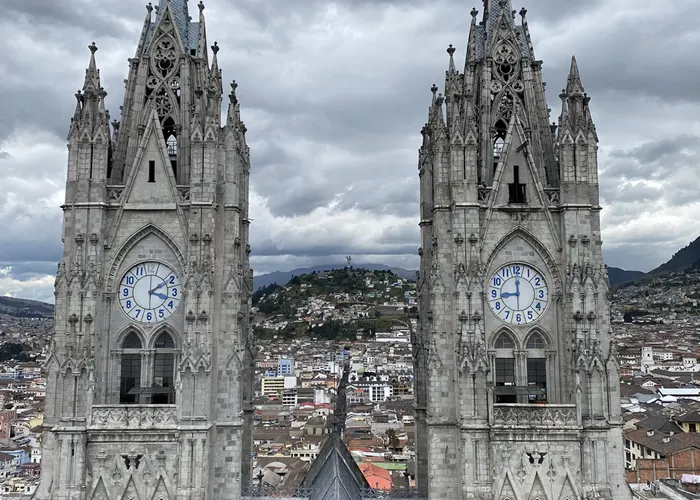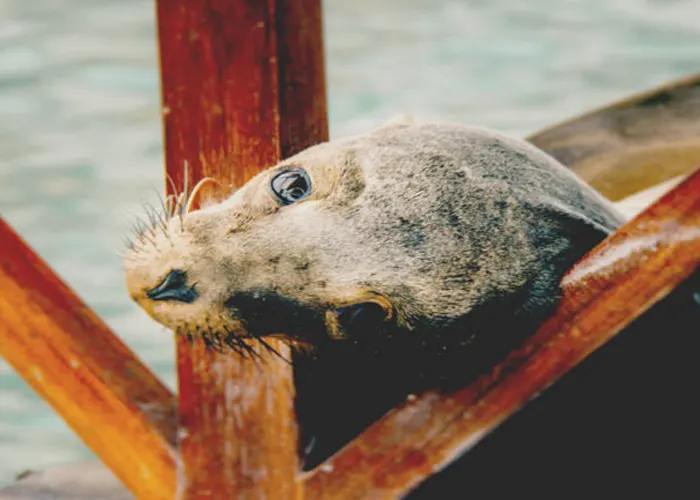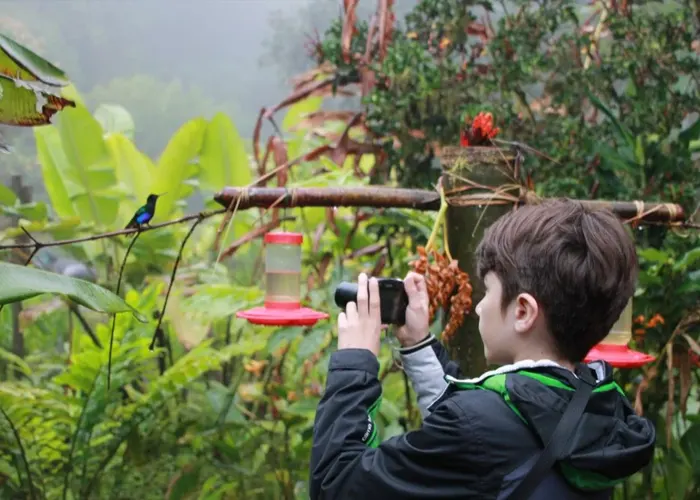Reviving Floreana Island on Galapagos
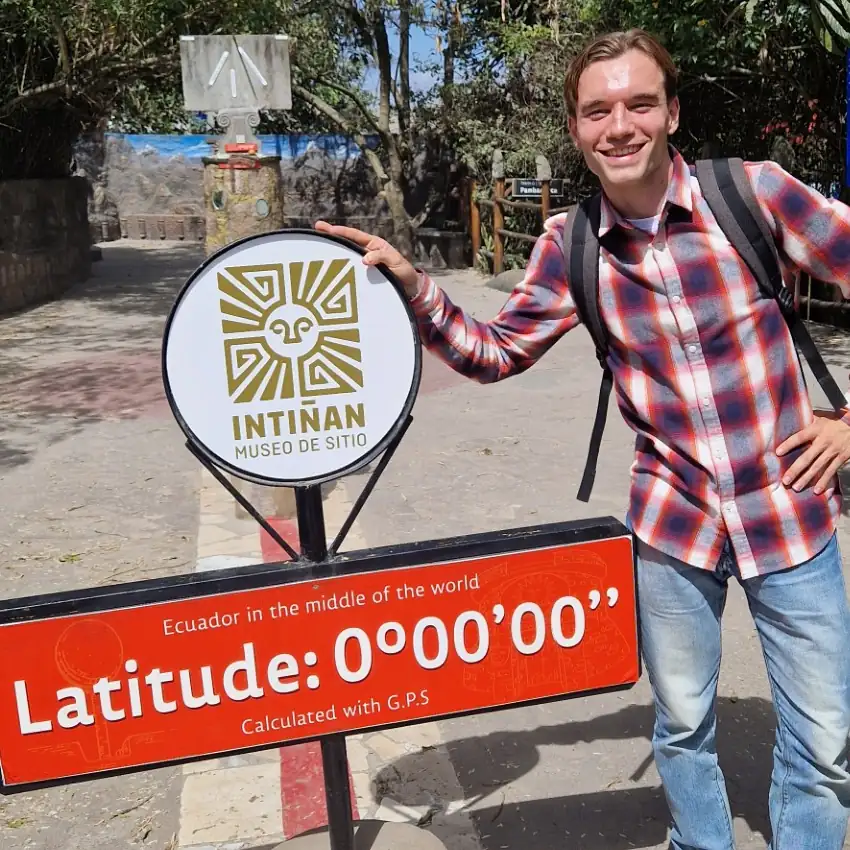
Julian
FLOREANA ISLAND - A Bold Restoration of Native Wildlife and Ecosystem Health
The Galapagos Islands are likely familiar to most of us. Famous for their incredible diversity of endemic wildlife species found nowhere else on earth, these islands were where Charles Darwin first set foot on San Cristobal in 1835, laying the foundation for his “Theory of Evolution.”
However, since humans first set foot on these beautiful Galapagos Islands, they have faced numerous problems, notably affecting the local fauna and native plant species. Some of these species disappeared decades ago and have become extinct, as is the case of Floreana Island.
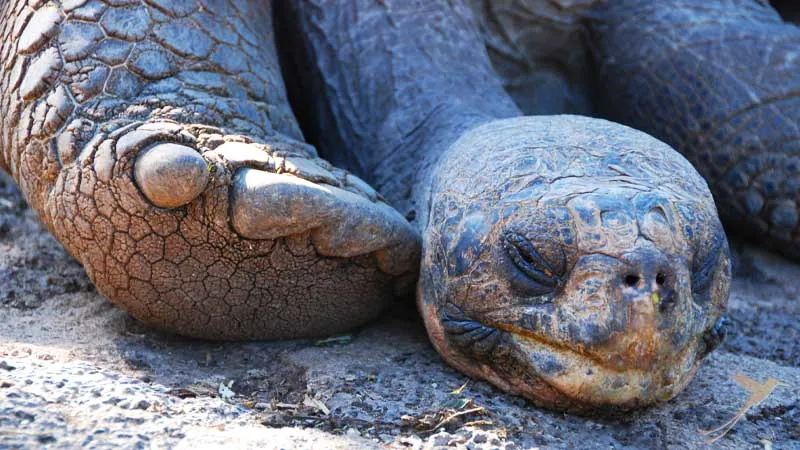
Multi-Year Rewilding Operation with Notable Beneficiaries
Fortunately, a wide-scale multi-year operation has recently begun to address the problem of introduced predator species. Various methods will be employed, including artificial intelligence, local community involvement, substantial funding, and collaboration with none other than Leonardo DiCaprio, a staunch supporter of rewilding and restoration efforts. According to the Ecuadorian newspaper “El Universo,” different organizations, such as the Jocotoco Foundation, are working to restore the once-diverse “Isla Floreana.”
Isla Floreana was once home to a large variety of endemic species, many of which have suffered due to introduced predators like mice and, most notably, rats. Many species, particularly birds, had no natural defenses against these non-native predators. Consequently, large numbers of animals dwindled and became extinct on Isla Floreana. This issue is not unique, as many remote islands, such as New Zealand, also suffer from the introduction of non-endemic predator species like rats, stoats, and cats.
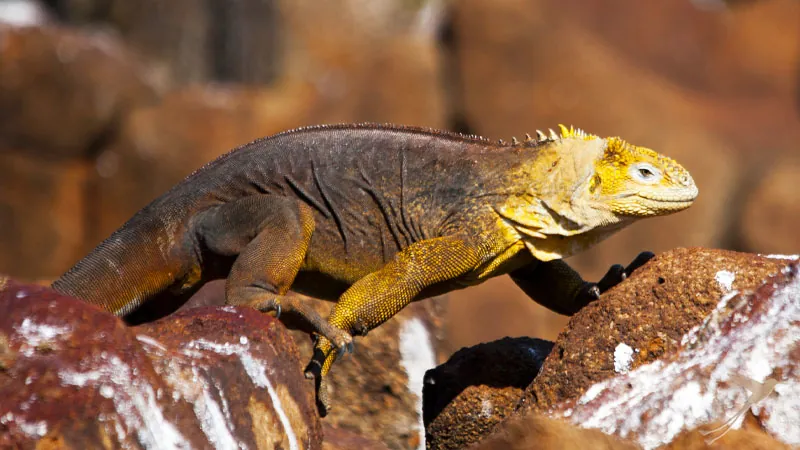
This new restoration project aims to find and locate these introduced predator species through the use of AI, using different photo traps and tracking software to locate the predators, eradicate them and create a safe haven free of unnatural predators, as it had been centuries ago. And the efforts are paying off, as it is estimated that by the end of 2023, there were almost no invasive predators left.
COULD ISLA FLOREANA SOON BE RESTORED TO ITS NATURAL GLORY?
You might wonder about the purpose of eradicating non-native species, especially since so many species have already gone extinct. Not all hope is lost; many of the species once native to Isla Floreana still survive (dare I say, thrive?) on other islands and islets where no introduced species like rats or mice are present. The project aims to reintroduce twelve species to Isla Floreana, rewilding and restoring its once-diverse local wildlife habitat.
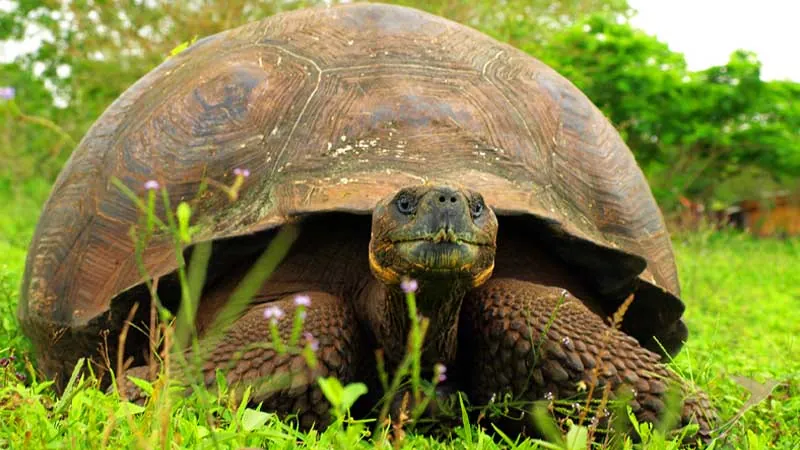
Additionally, the Floreana giant tortoise, long believed to be extinct, lives on through other giant tortoises inhabiting nearby islands, particularly “Isla Isabela.” Genetic testing has shown that much of its genetic material still exists, and an ambitious reintroduction and breeding project is underway to return these once-abundant keystone species to Isla Floreana. As a keystone species, they play a crucial role in the local ecosystem, making this exciting news for Isla Floreana!
Eliécer Cruz, director of the Galapagos Program at the Jocotoco Foundation, stated that the work carried out so far has not only benefited local wildlife but also the local population. With fewer rats and mice consuming their crops, harvests have increased significantly. Furthermore, wildlife tourism—a significant part of the Galapagos economy—can expand and develop further. If you’re excited about the idea of visiting the many islands the Galapagos offer, you can find more information about travel options on our website Galapagos Island Tours. In summary, I am personally thrilled by this news and admire the dedication of the many individuals involved in this large-scale rewilding and restoration effort. Soon, we might see Isla Floreana in its former glory!
If you’d like to learn more about current developments in the Galapagos Islands or find other interesting blogs about the wonderful and diverse place that is Ecuador, be sure to visit our blog page.
